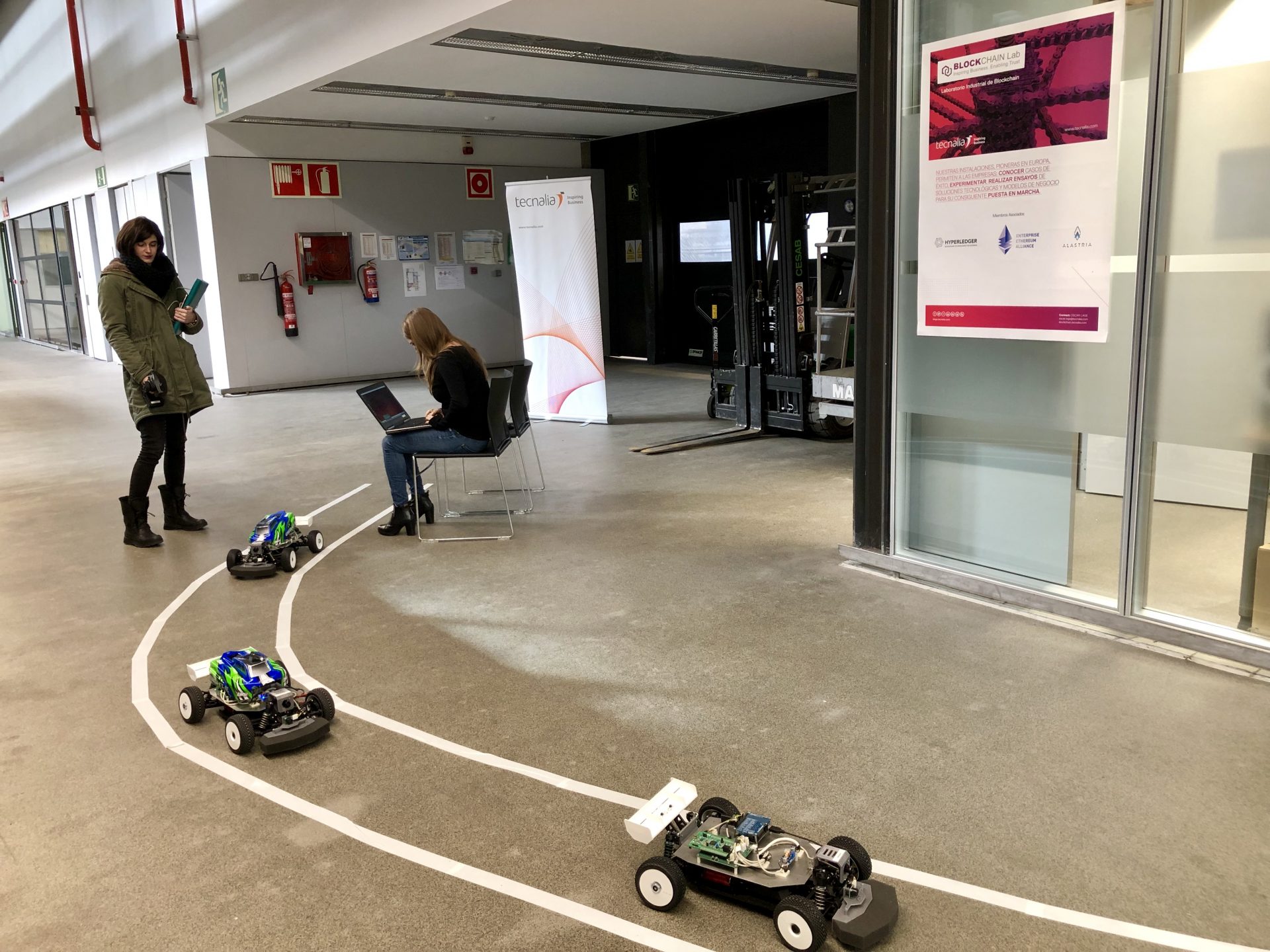Analysis and reduction of potential points of attack in vehicle communication systems, which could affect both privacy and security.
The limitations of traditional security analysis, together with the risk of finding design problems in the final stages, make fault injection simulations a very attractive solution.
Location
Description
This infrastructure allows us to carry out the following actions:
- Identify weak links or points of failure in the early design stages.
- Understand the behaviour of a system where there are faults.
- Forecast the faulty behaviour of the system, by obtaining measurements of the coverage or efficiency of the fault-tolerance mechanisms.
- Explore the effectiveness of different fault-tolerance mechanisms.
The laboratory has the following equipment and components:
- MODEL CARS: fleet designed in collaboration with vehicle manufacturers (1:8 scale) and made up of sensors, control units and actuators that are capable of reproducing the behaviour of real vehicles. They are equipped with automation functions such as Cooperative Adaptative Cruise Control (CACC).
- OPENCERT: is a comprehensive, holistic solution for ensuring and managing the certification of cyberphysical systems (CPS).
- SABOTAGE: we have a simulation-based fault injection tool for assessing the security and robustness of critical functions in automated vehicles.
Our laboratory is part of the Basque Digital Innovation Hub cybersecurity node coordinated by the Basque Cybersecurity Centre.
Aimed at:
- Companies:
- SMEs
- Start-ups
- Large companies
- Digital innovation hubs
- Clusters
- Business associations that want to analyse and experience the impact and benefits of our technology on their businesses and sectors
